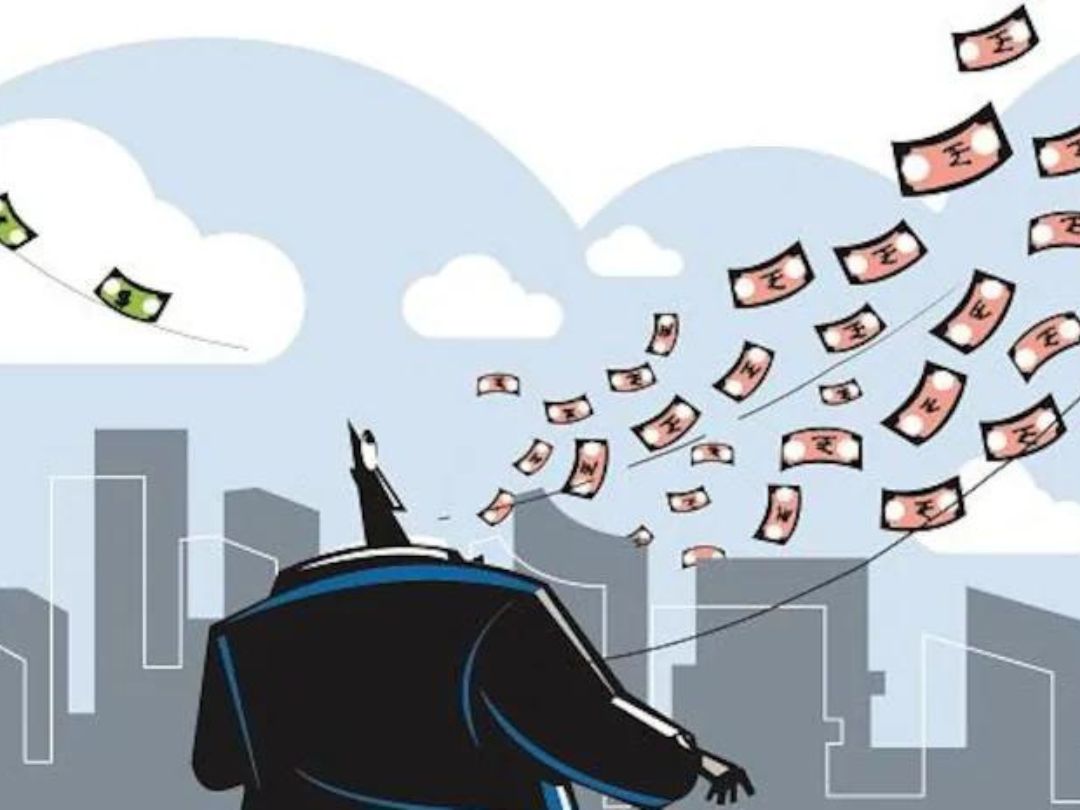Listen To The Article
There is an extraordinary demand for housing in India due to a lack of supply, favourable regulations, and improvements in major cities’ infrastructure.
A 31 percent year-over-year increase in house sales was seen last year, with 4.76 lakh units snatched up in the top seven cities, despite hardening property prices and rising home loan interest rates in early 2023.
According to statistics from real estate advisory firm ANAROCK, the Mumbai Metropolitan Region had the greatest sales, with over 1,53,870 units sold. Pune came in second with 86,680 apartments sold.
Sales in the National Capital Region (NCR) were about 65,625 units, up 3% from the previous year. Hyderabad sold 61,715 units in2023, a 29 percent yearly rise over Bengaluru’s 63,980 unit sales in the same year.
Push For Regulations In The Housing Industry

According to real estate specialists, the government significantly increased demand for Indian homes following the epidemic by offering reductions and other incentives.
To encourage the renovation of the city’s historic structures, the Maharashtra government, for instance, stated in May of last year that it would waive, for a period of one year, half of the premium that real estate developers were required to pay under its Mumbai cluster development strategy.
Additionally, in an effort to improve attitude among homebuyers, a number of state governments, including those in West Bengal and Karnataka, have extended stamp duty exemptions and reduced circular rates during the past two years.
Regarding regulations, individuals feel at ease purchasing real estate because of the Real Estate (Regulation and Development) Act and other measures, and developers are meeting deadlines and producing high-quality developments.
Investors Have Cautiously Returned To The Market

Money moved into the investor class after COVID, which sparked interest in residential real estate as the stock market picked up steam following an early decline.
Investors went on to become important contributors, which motivated developers to start projects expecting good returns, sometimes as high as 25 percent.
Grade A developers’ pre-launches combined with staggered payment schedules turned into a smart move that benefited investors, according to Shalin Raina, managing director of residential services at Cushman & Wakefield, a real estate services provider.
Though sales increased gradually between 2021 and 2023, property management firm Knight Frank India noted that the growth rate of the residential sector had slowed from 50% in 2021 to 35% in 2023 due to regulatory interventions and higher home loan rates.
Despite Increasing Interest Rates, Homebuyers’ Attitudes Are Improving
As previously said, institutional interest played a significant role, but end users still drive latent demand in the industry, particularly in light of the pandemic’s impact on consumer purchasing habits and the resulting rise in consumer ownership.
Das clarified that the attitudes of prospective homeowners about home ownership are still significantly influenced by home loan rates.
Five or six years ago, the interest rate was quite high, ranging from 11 to 12 percent. However, by the end of 2021, it had dropped to around 7%, and throughout that period, India’s real estate market was growing at a rate of 3-5 percent.
When inflation began to increase in 2022 and continued until February 2023, the Reserve Bank of India raised its policy rate by 250 basis points, which resulted in a 9 percent lending rate for the industry.
Resurgence Of Middle-Class Consumers And Shifting Tastes
But as the middle class grew, the dynamics of the market changed, with purchasers showing a strong desire to improve their standard of living through increasing salaries. Major developers were able to enter the market and provide high-quality goods at competitive costs as a result.
COVID turned out to be a major game changer in the way that homebuyers felt about housing; they began to see it largely as a need rather than an investment. This resulted in a significant shift in demand, which was further supported by a robust surge in home registrations, particularly in the previous year.
Infrastructure’s Influence On The Industry
New prospective markets were made available by a renewed emphasis on infrastructure in places like Delhi, Bengaluru, and Mumbai.
For instance, Sewri and Chirle, which are close to Panvel, are connected by the soon-to-open Mumbai Trans Harbour Link. According to Nadar of Colliers, it establishes an ecosystem at the beginning and conclusion of this infrastructure expansion.
The projected budget of Rs 805 crore for the forthcoming Noida International Airport in Jewar, outside of Delhi, was virtually quadrupled by the Yamuna Expressway Industrial Development Authority (YEIDA) last year compared to the previous year, according to a Moneycontrol article.
The government plans to establish an Urban Infrastructure Development Fund, similar to the Rural Infrastructure Development Fund, which would be overseen by the National Housing Bank, Finance Minister Nirmala Sitharam stated when presenting the budget. The government suggested allocating Rs 10,000 crore annually for cash for the development of urban infrastructure.
Players That Are Listed In Expansion Mode
Following the COVID-19 pandemic, a number of listed real estate developers in India expanded their operations beyond their native regions. For instance, Mumbai-based Oberoi Realty has announced a land acquisition in Noida, and Gurugram-based DLF has joined the Mumbai real estate market.
Additionally, Godrej Properties has increased its presence in a number of India’s tier 2 cities. In addition, the Brigade Group, Puravankara, and Prestige Group of Bengaluru have joined the Mumbai real estate market or have declared their intention to do so.
Forecast For Residential Demand In 2024
Experts stated that despite a slowdown in sectors development over the past three years, prices and volumes are still rising.
“We anticipate that economic measures will result in a maximum home loan interest rate reduction in the year 2024”. As a result, an increase in sales volume is anticipated.
In addition, as more supply enters the market, we anticipate moderate price growth for real estate during FY25. In general, the market for CY2024 will still be driven by end users, according to Rathi of Knight Frank.
Source-Moneycontrol




